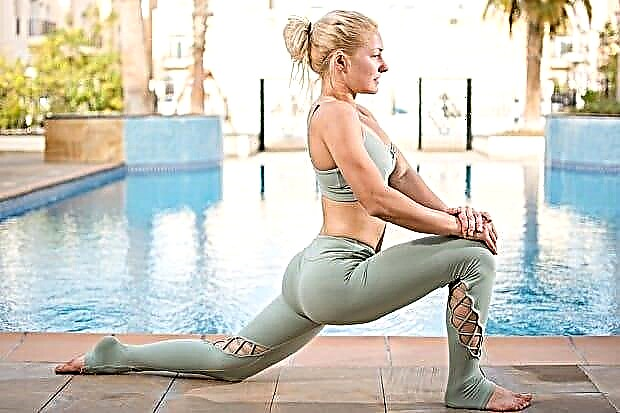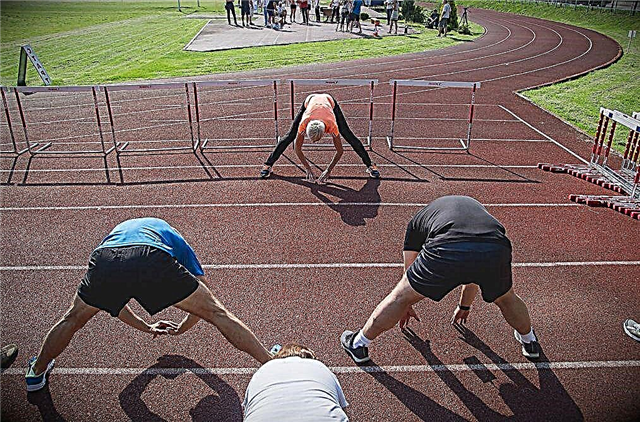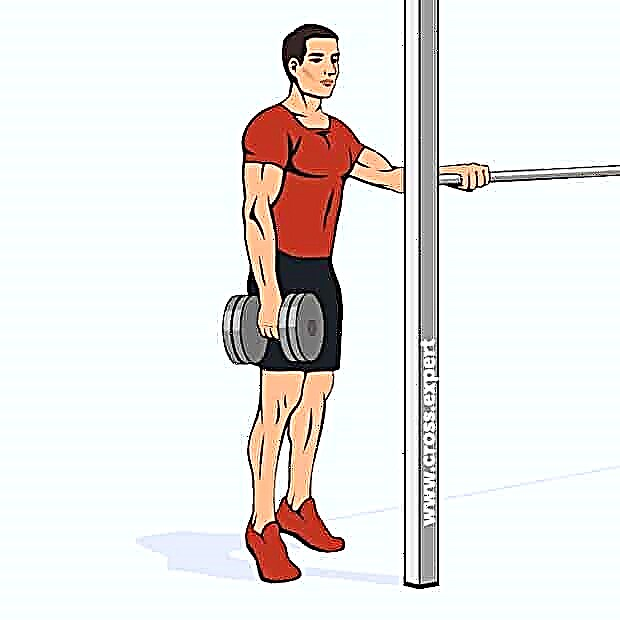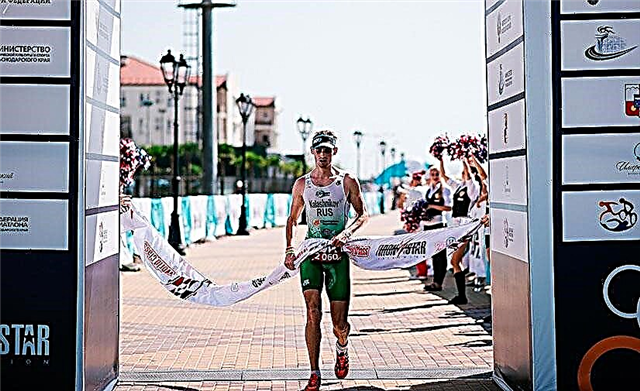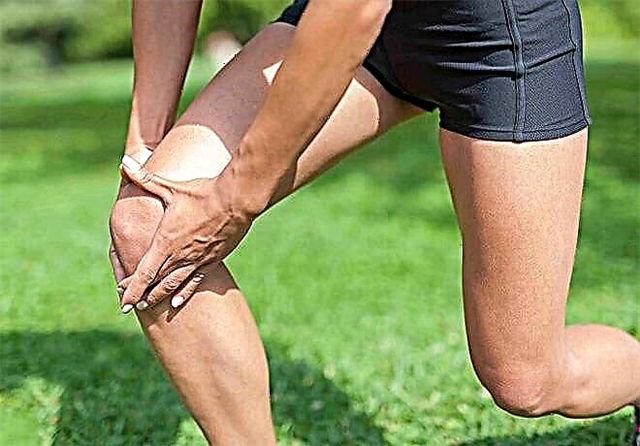When playing sports, everything becomes important: shoes, daily routine, food and even the bed on which you rest. Especially the latter applies to those who have some kind of back problems. And this, according to statistics, is every second person. Therefore, today we will talk about which bed is the best to rest from running training, especially if you have back problems.
How to choose a bed
The choice of bed is based primarily on durability and comfort.
The most reliable and durable material is wood. Unfortunately, serious problems with the spine most often appear in people who are very overweight. That is why, with a lot of weight, you should think about the quality of the bed so that it does not fail ahead of time. And wooden beds have established themselves as the most durable, capable of withstanding any weight.

Besides, wooden beds are environmentally friendly and fit into any interior.
In this case, the height of the bed is best selected a little higher. This is especially true for older people who find it difficult to get up from a low bed in the morning. In this case, you need a middle ground so that the bed is not too high. The optimum bed height is 60 cm. In this case, you do not have to strain your back muscles once again in order to climb onto a high bed. Or vice versa, go up from a very low one.
How to choose a mattress
Mattresses are distinguished by their rigidity and thickness. The thinner the mattress, the less weight it can carry. Therefore, choose it depending on your body weight.
In addition, in order for the back to rest during sleep, it is necessary to choose a mattress so that the spine is straight. Therefore, be sure to try all the options immediately before buying. The rigidity of the mattress cannot be selected by numbers, but only by your own feelings.

If you are regularly bothered by pain in the vertebrae, then it is better to abandon old Soviet-made mattresses, and purchase a modern orthopedic one. There are both budget options and more expensive ones. The most effective ones have a memory effect that helps support the lower back.




